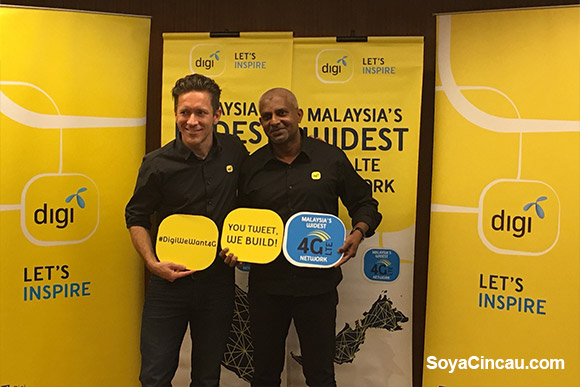Expanding as a telco is what you should be doing year around, thus Digi has managed to up its game by hitting more than half of nationwide population for its 4G LTE network – on paper this translates to 80 major cities and secondary towns at 60% of nationwide population coverage. Though their definition of what 4G LTE speeds are, could baffle many.
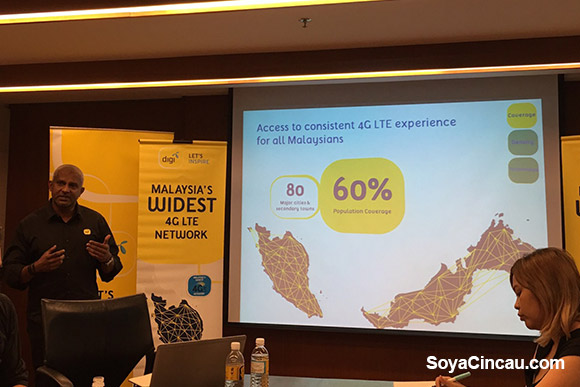
Beginning the discussion of the who’s the widest 4G LTE provider in October, they had earlier listed the 4G LTE coverage to be 50%; but is a 10% jump a realistic in such a short span? (we’re asking the same question) Anyway, by Digi’s valuation, their 4G LTE network will deliver more than 5Mbps 80% of the time – petty by industry LTE standards.
They’ve also ramped up the number of network sites in Malaysia, adding 52 additional cell towers in the process. Furthermore, the telco provider mentions that of their 2 specified signal spectrums – 1,800Mhz and 2,600Mhz, there is now a 30% overlap. Simply going to say that a highly dense area won’t suffer as these dual-band offerings will come into play.
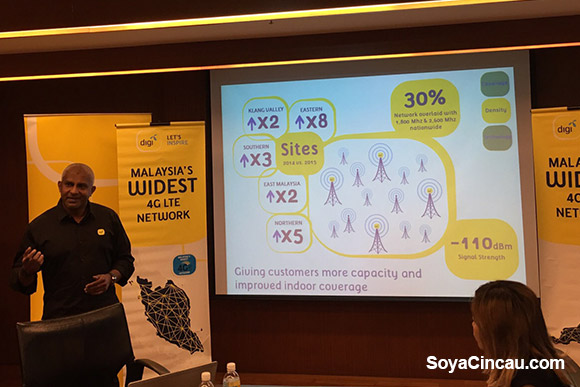
Clearing up some technicalities, the network provider has verified that they measure their claimed signal strength minimum at -110dBm for 4G LTE; -60dBm is said to be the best (so higher the number is better). In comparison, Maxis uses a -98dBm gauge for their minimum signal strength. In these zones, Kesavan Sivabalan, Digi’s Chief Network Office says you will have an uninterrupted 4G LTE experience on their network, for 99.99% of the time.
Furthering the conversation, the company has announced LTE-Advanced, leveling at more than 10Mbps 80% of the time; they’ve managed to hit a 22% population coverage so far with this new technology. Again these speeds don’t meet up to standards of the world, as that speed should be easily achievable on a 3G network. Remember that by definition, 4G LTE (alone) is supposed to reach 100Mbps for downloads, while on the move. Digi and other local telcos have a lot to do before being able to talk about 4G LTE as a whole, if they want to be taken seriously.
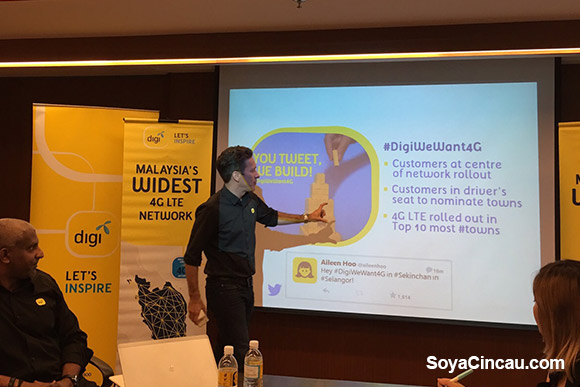
Using their time wisely, Digi has added that they’ve begun plans to roll-out VoWiFi in 2016, adding on to their earlier announcement about beginning VoLTE next year, as well. Tying it all together, the telco has begun a campaign on Twitter for their users to voice where they want new 4G LTE towers; once it wraps up within a month, the top 10 locations will get a cell tower put up – nope, they aren’t kidding.
It’s sad to see the yellow coloured network provider list such low levels for 4G LTE (same goes for their supposed LTE-A). Taking a look at Maxis, who promise that their 4G LTE speeds exceed 15Mbps, at all hours, both indoor and outdoor. It isn’t even a competition,when the latter doesn’t maintain this either but they can manage 5Mbps easily. Of course, the tell of the tale today is about coverage but how we see it is a company just plucking numbers from the air, actions that only earn them bragging rights – without third party verification.
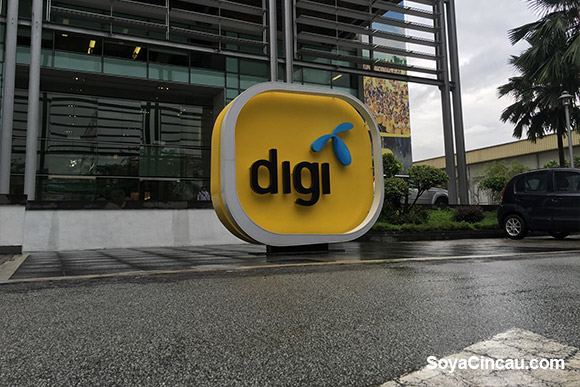
We’d like to hear all your thoughts on the subject, as we’ve addressed earlier all this coverage talk should hold no value for customers who suffer coverage outages, even in the Klang Valley. Please wake up telcos, your customers are sick of all this. Coverage should be a right, it should be based in all towns, there shouldn’t be a online “contest” that dictates whether you get a consistent customer experience.

